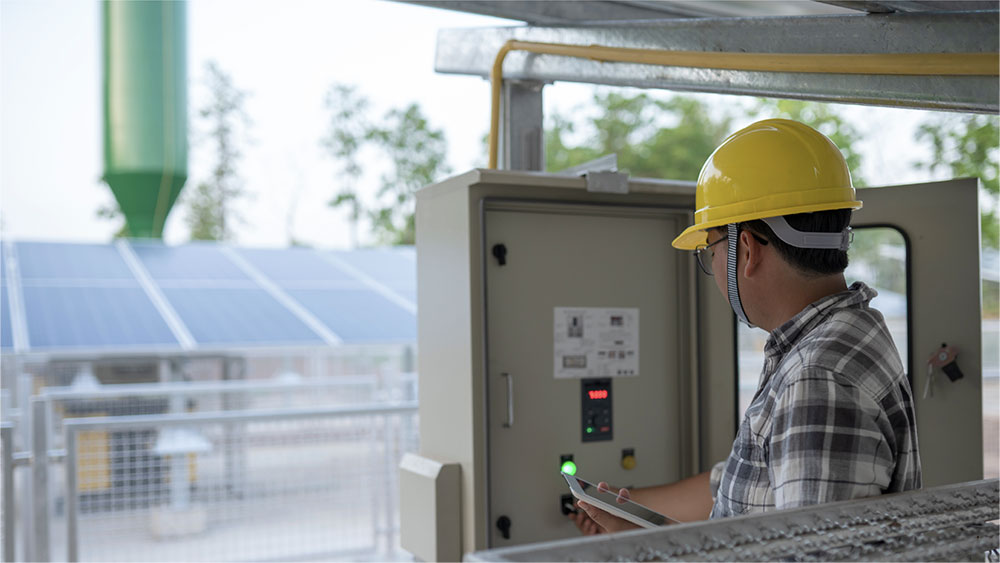
Construction projects must implement active risk management, identifying geographic and activity-based hazards
Construction projects must implement active risk management, identifying geographic and activity-based hazards

Connect directly with a Maxwell GeoSystems support expert via email, or live chat.
Gain access to MGS Learn, the online learning platform for free, self-paced courses on product and topic-based certifications.
Discover all the latest product information on MissionOS and share your experiences with other system users.